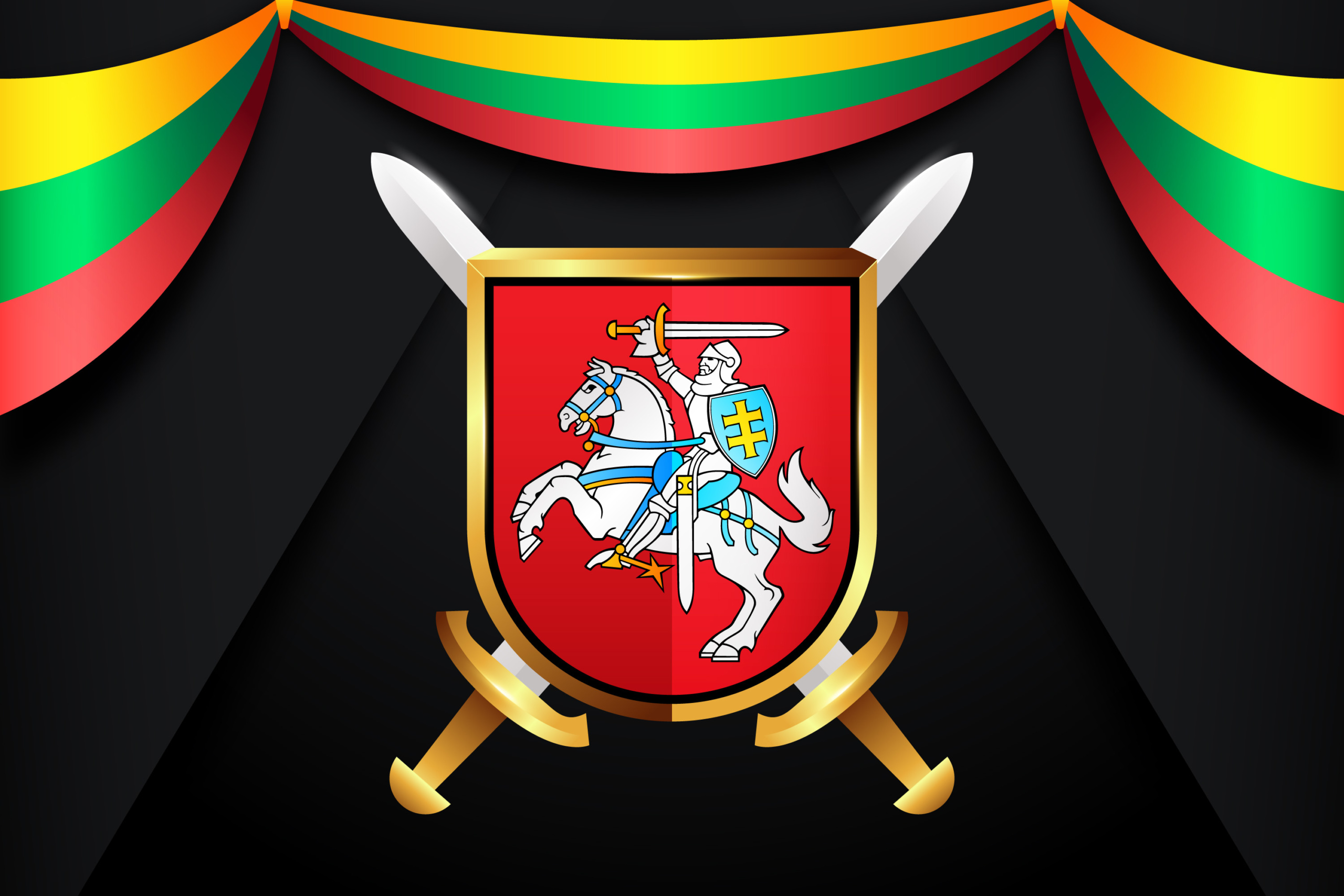Title: The Bold Story Behind Ghana’s Coat of Arms
Ghana’s Coat of Arms: It’s not just a logo; it’s a masterpiece of symbolism, history, and national pride. Now, I know what you’re probably thinking: “It’s just a crest, right?” Well, yes and no. Sure, you could look at it and think it’s a simple piece of graphic design. But much like the rich, colorful history of Ghana itself, there’s more than meets the eye when it comes to this iconic emblem. It’s packed with meaning, culture, and a story that stretches far beyond its design.
So grab a seat, let’s go on a journey, and I’ll tell you why Ghana’s Coat of Arms is more than just a pretty picture.
A Symbol of Resilience
To truly appreciate Ghana’s Coat of Arms, you first need to understand where it comes from. This crest was adopted in 1957, the same year Ghana gained independence from British colonial rule. Can you imagine that moment? The country finally free, ready to take its place among the nations of the world. Ghana had fought hard for its independence, and the Coat of Arms was designed as a visual declaration of freedom and strength.
Let’s break down the meaning of the coat of arms, piece by piece, because each element is a carefully selected symbol that represents a key aspect of Ghana’s national identity. It’s not just about looking good; it’s about what the logo stands for.
The Golden Stool: A Royal Foundation
At the very top of the Coat of Arms, you’ll notice a large golden stool. Now, if you’re wondering what in the world a stool has to do with anything, let me enlighten you. In Ghanaian culture, the Golden Stool is sacred. It represents the soul of the Ashanti people and is a symbol of their strength and unity. The stool is said to have descended from the heavens and landed on the lap of the first Ashanti king, establishing the kingdom’s rule.
The stool has been a symbol of Ashanti kingship ever since, so its inclusion in the Coat of Arms serves as a reminder of Ghana’s deep royal roots, honoring the heritage and culture of the Ashanti people. This is a country that’s proud of its roots and where traditional customs are not just respected but celebrated.
The Black Panther: A Powerful Protector
Next up, we have the black panther. This majestic creature is no coincidence; it’s a symbol of bravery, strength, and courage. It also represents the protection of the country. The panther, which is an animal with deep ties to Ghana’s folklore, stands at attention, guarding the crest with fierce pride. Imagine this: if the Black Panther could speak, it would probably say something like, “Don’t mess with Ghana.”
The panther is placed on either side of the shield, and its posture—alert, proud, and noble—gives a clear message to the world: Ghana is strong, united, and fiercely protective of its independence.
The Shield and the Crossed Spears: A Historic Message
The shield in the center of the Coat of Arms is a striking and essential component. It features two crossed swords, each representing the defense of freedom. The spears not only symbolize the readiness of the people to protect the nation’s sovereignty, but they also speak to the historical battles Ghana has fought to gain its independence.
Here’s the kicker: the shield is divided into four quadrants, each one symbolizing a different aspect of Ghana’s national heritage. You see, when it comes to Ghanaian culture, it’s all about balance—honoring the past while moving forward with pride and unity.
- The top left quadrant represents the rich natural resources of the country—gold, diamonds, and timber—honoring Ghana’s economic foundation.
- The top right quadrant symbolizes the red, yellow, and green of the national flag, speaking to the country’s unity and prosperity.
- The bottom left quadrant contains a representation of the “Gye Nyame” symbol, an Adinkra symbol that means “Except for God.” It reminds the people of Ghana that the Almighty is above all things, and it expresses the unshakable faith of the Ghanaian people.
- Finally, the bottom right quadrant displays a picture of two crossed swords and a fish, symbolizing strength and resilience.
The Motto: Freedom and Justice
What good is a logo without a tagline, right? And the Coat of Arms comes with a motto that tells you everything you need to know about the nation: “Freedom and Justice.” It’s short, it’s to the point, and it encapsulates the ideals on which Ghana was founded.
Freedom. Justice. Two words that are packed with meaning. Freedom, because Ghana fought for it, and Justice, because that’s what the country strives for in all aspects of life—equality, fairness, and opportunity. These aren’t just words; they’re values that the country holds dear. It’s like the country’s promise to its citizens: we’re free, and we will always fight for what’s right.
Why Does the Coat of Arms Matter?
Now, you might be sitting there thinking, “Okay, cool. But why should I care about the Ghana Coat of Arms? It’s just a crest on a flag, right?” Well, here’s the thing. A Coat of Arms is never just a logo. For a country, a Coat of Arms is a visual story. It’s a narrative of the people, their struggles, and their triumphs.
The Coat of Arms represents Ghana’s fight for independence and its ongoing journey toward progress. It symbolizes the country’s resilience in the face of adversity, the pride of its people, and the vision they have for the future. It’s a daily reminder that no matter what challenges Ghana faces, the spirit of freedom, justice, and unity will always shine through.
And it’s not just about politics or history. The Coat of Arms is part of everyday life in Ghana. You see it on government buildings, legal documents, and even school materials. It’s a badge of honor for the people of Ghana. It reminds them of who they are, where they’ve come from, and what they stand for.
The Global Impact
Even though the Ghana Coat of Arms is deeply tied to the country’s history, it’s not just for Ghanaians. It’s a symbol of hope for anyone who has fought for their independence, anyone who believes in freedom and justice. It resonates globally as a message of empowerment. It reminds us that no matter where we are, our strength lies in our unity, in our shared beliefs, and in our commitment to a better tomorrow.
You may not live in Ghana, but I bet you can relate to the principles of freedom, justice, and resilience. That’s why the Coat of Arms isn’t just a national symbol—it’s a universal one. It speaks to anyone who believes in standing up for what’s right and forging a path toward a brighter future. And honestly, isn’t that something we could all use a little more of these days?
The Legacy Continues
In Ghana, the Coat of Arms isn’t just a piece of history; it’s a living legacy. It’s the heartbeat of the nation, pumping pride and purpose into everything the country does. When Ghanaians look at their Coat of Arms, they see more than just a symbol—they see a story of resilience, of overcoming struggles, and of a future that’s theirs to shape.
So, the next time you come across the Ghana Coat of Arms—whether it’s on a flag, a coin, or a PNG file—remember that it’s not just an image. It’s a reminder of the strength, history, and dreams of a nation that fought hard for freedom and justice. And if that doesn’t inspire you, then I don’t know what will.
Ghana’s Coat of Arms isn’t just an emblem; it’s a promise. And trust me, it’s one worth celebrating.


